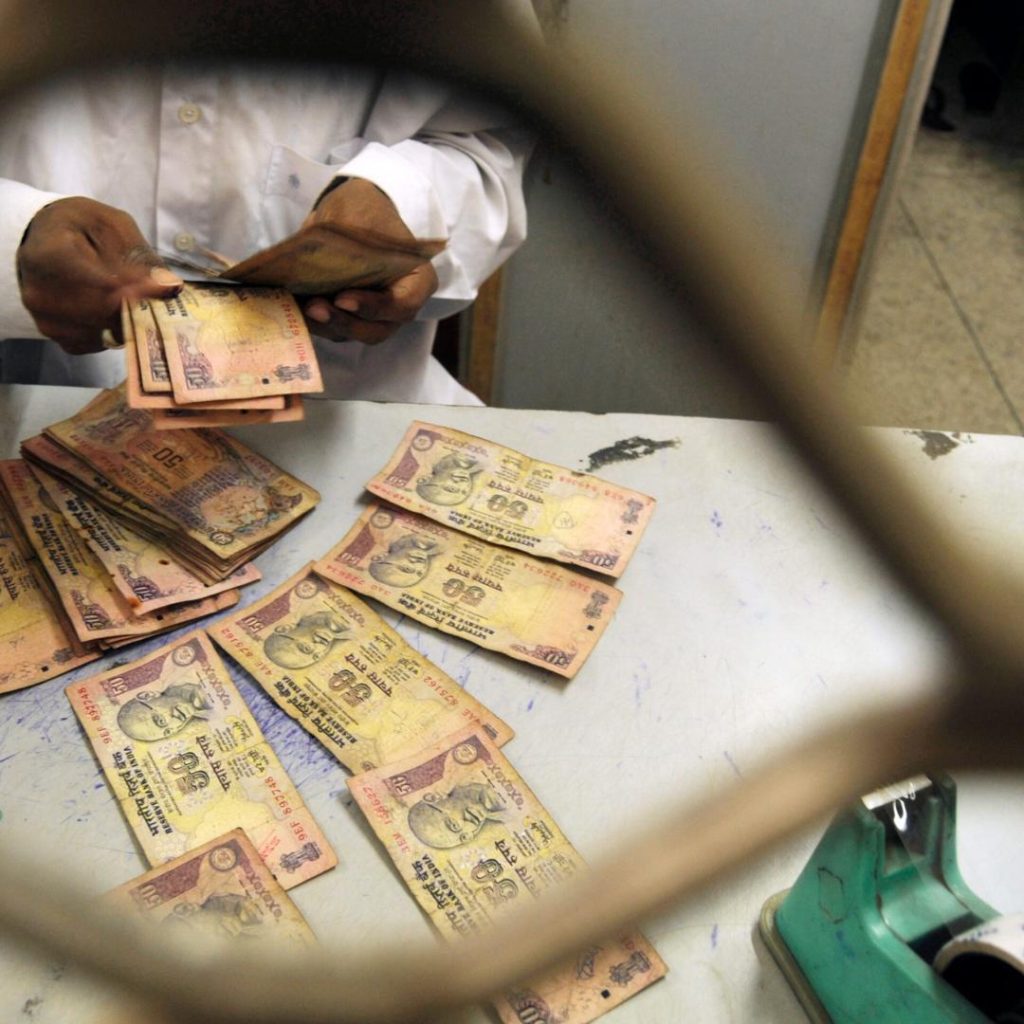
RBI to Use Old Rupee Currency Notes to Make Furniture
In a surprising move, the Reserve Bank of India (RBI) has announced its plan to utilize old and soiled rupee currency notes to produce furniture. The decision comes as a part of the central bank’s efforts to reduce waste and minimize the environmental impact of disposing of such notes. According to RBI, it annually produces around 15,000 tonnes of compressed blocks made from soiled rupee currency notes, which would otherwise end up in landfills or incineration facilities.
The chemical constituents present in the security threads of these notes, such as the polymer-based strips that contain micro-encoding, could potentially affect soil quality and water sources if disposed of improperly. To mitigate this risk, RBI has decided to empanel manufacturers who will use these compressed blocks to produce particle boards. These particle boards can then be used to make a variety of furniture items, such as chairs, tables, and even entire homes.
The idea may seem unconventional at first, but it is actually a sustainable and innovative solution to the problem of waste disposal. The process of converting old currency notes into furniture not only reduces the amount of waste sent to landfills but also helps to conserve natural resources. By utilizing recycled materials, we can reduce the demand for virgin materials, such as wood, and minimize the energy required for processing and manufacturing new products.
The RBI’s initiative is also expected to create new business opportunities and jobs in the manufacturing sector. As the demand for sustainable and eco-friendly products continues to grow, companies that are able to produce furniture from recycled materials are likely to experience increased demand and revenue.
The use of old currency notes to make furniture is not a new concept, however. In fact, some companies have already been experimenting with this idea for several years. For instance, a company called “Paperfibre” in the United Kingdom has been producing furniture from recycled paper products, including old banknotes, for over a decade.
The process of converting old currency notes into furniture is relatively straightforward. The soiled notes are first collected and sorted according to their condition. They are then compressed into blocks, which are then processed into pulp form. This pulp is then mixed with other materials, such as wood flour or recycled paper, to create a composite material that can be molded into various shapes and forms.
The advantages of using old currency notes to make furniture are numerous. For one, it reduces the amount of waste sent to landfills, which helps to conserve natural resources and minimize the impact of waste on the environment. Additionally, the use of recycled materials reduces the demand for virgin materials, which helps to conserve forests and protect biodiversity.
Furthermore, the production process of furniture from recycled materials requires significantly less energy than traditional manufacturing processes. This is because the materials used are already broken down into smaller pieces, which requires less energy to process and shape into final products.
However, there are also some potential challenges associated with using old currency notes to make furniture. For instance, the security threads present in the notes may pose some challenges in terms of processing and manufacturing. Additionally, the notes may contain other contaminants, such as ink or paper fibers, which could affect the quality of the final product.
Despite these challenges, the RBI’s initiative is an important step towards promoting sustainability and reducing waste in the country. As we move towards a more circular economy, it is essential that we find innovative ways to reuse and recycle materials, rather than sending them to landfills or incineration facilities.
In conclusion, the RBI’s plan to use old rupee currency notes to make furniture is a welcome move towards promoting sustainability and reducing waste. By converting these notes into particle boards, which can then be used to make furniture, we can reduce the amount of waste sent to landfills, conserve natural resources, and promote eco-friendly manufacturing practices. As we move forward, it is essential that we continue to explore innovative solutions to the problem of waste disposal and work towards creating a more sustainable future for all.






